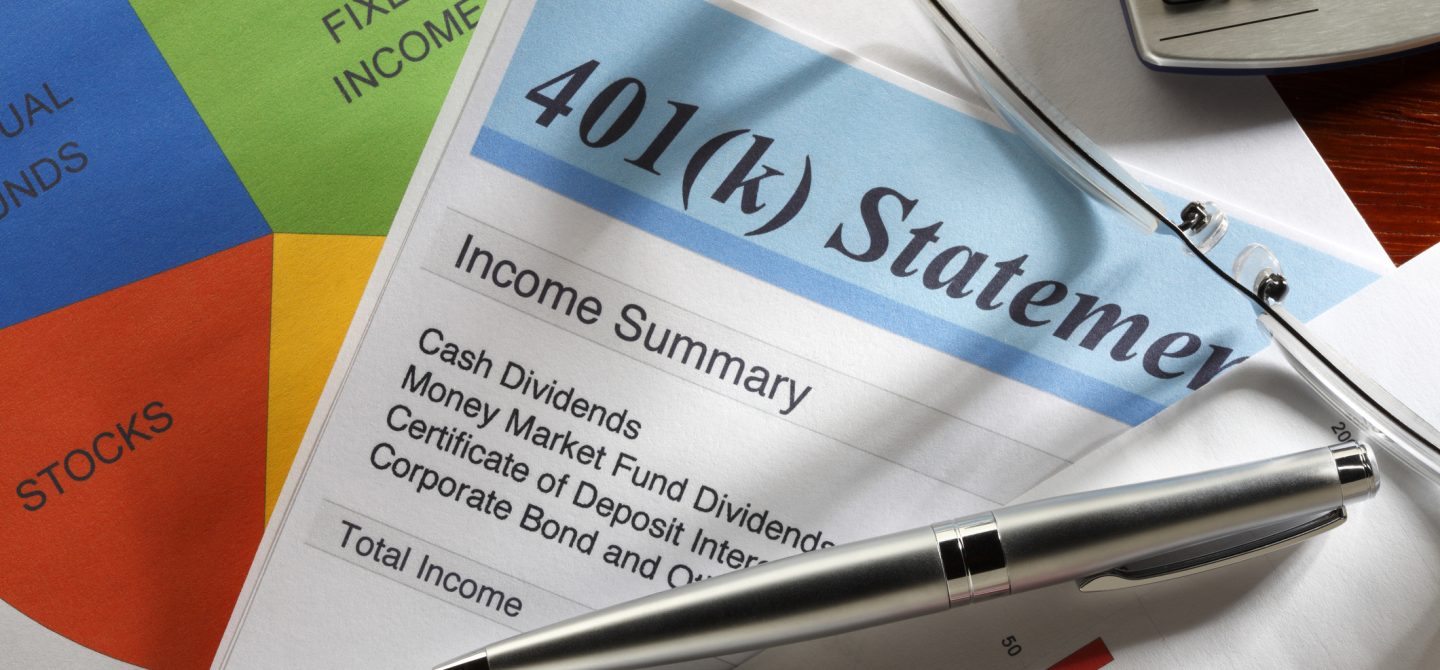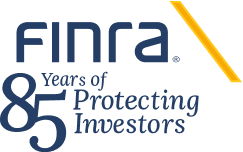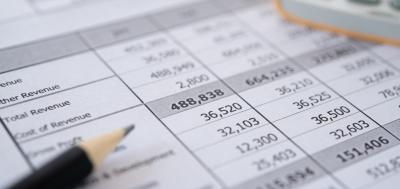The Importance of Scheduling an Annual 401(k) Checkup

Retirement plans like a 401(k) are rightly viewed as long-term investments. But that doesn’t mean you should set them up and forget about them until you retire.
It’s important to check on your 401(k) periodically. It doesn’t matter when. Just pick a date that works for you and put it on your calendar every year. Here are five things to look for during this annual 401(k) “checkup.”
1. Optimize Your Savings Rate
You might have enrolled in your 401(k) plan years ago at a low contribution rate. Are you now able to increase your savings? Or perhaps you have a temporary need to reduce your contribution. If so, don’t forget to bring it back up again when the opportunity allows.
Many experts recommend that employees aim to set aside around 15 percent of their pre-tax income for retirement. If that’s not practical, consider contributing at least enough to receive any available match from your employer. If your plan offers the option, consider opting into automatic annual contribution rate increases to help maximize your savings.
The IRS provides information about annual contribution limits for 401(k) and other retirement plans.
A retirement calculator can help you see if you’re on track to meet your retirement savings goal. Whatever your situation, an annual checkup is the perfect time to reassess if your current contribution rate matches your needs.
2. Revisit Your Asset Allocation
A strategic asset allocation helps you diversify your portfolio. Use your annual checkup for the important work of determining whether your current asset allocation is still appropriate for your age, goals and risk tolerance. Financial advisors generally suggest that investors diversify not just among asset classes (between stocks and bonds, for instance), but also within a given asset class (for example, not just investing in large-cap stocks but also in medium- and small-cap companies). And suggested allocations vary based on your age and financial situation.
It’s also important to rebalance your portfolio periodically to bring your asset mix back on target. Assets grow at different rates, which means that your portfolio might end up out of line with your desired allocation. For example, if the growth stock portion of your portfolio has performed exceedingly well, it might dominate your holdings, thus increasing your exposure to growth stock risks going forward.
3. Check Out Other Savings Plans
Over time, your available avenues for saving for retirement—and what works best for you—might shift. One alternative to a traditional 401(k) is a Roth 401(k), which is similar to a Roth IRA. With a Roth 401(k), you pay taxes now on your contributions, but your withdrawals in retirement are tax-free. In contrast, with a traditional 401(k) you contribute pre-tax dollars, but you pay taxes when you take your money out.
Many 401(k) plans offer a Roth option, which might make sense if you expect to have a higher tax rate in retirement than you do now. But you don’t have to commit to one approach, as most plans will allow you to split your contributions between a Roth 401(k) and a traditional 401(k). Learn more about the different features of these two types of 401(k) plans.
4. Scrutinize Your Plan’s Fees
Your 401(k) plan isn’t free. There are costs involved, such as the fees charged by your retirement plan’s recordkeeper and mutual fund expenses. There may also be fees involved when you reallocate funds from one investment to another. As these fees build up, they can impact your returns.
Your employer is required to disclose plan fees on an annual basis. Your yearly 401(k) check-up is a good time to learn about fees and determine whether they should influence your investment choices. Don’t be afraid to ask questions if you’re not sure what a fee is for or just want more information.
5. Update Your Beneficiary Designations
Your life might have changed over the course of the past year. Did you get married or divorced? Perhaps you had a baby. Or maybe one of your beneficiaries passed away. There are a number of reasons you might want to update your 401(k) beneficiary designations.
By updating or confirming your beneficiaries annually, you’re ensuring that your retirement account goes to people of your choosing after you’re no longer here.
Learn more about saving for retirement.



